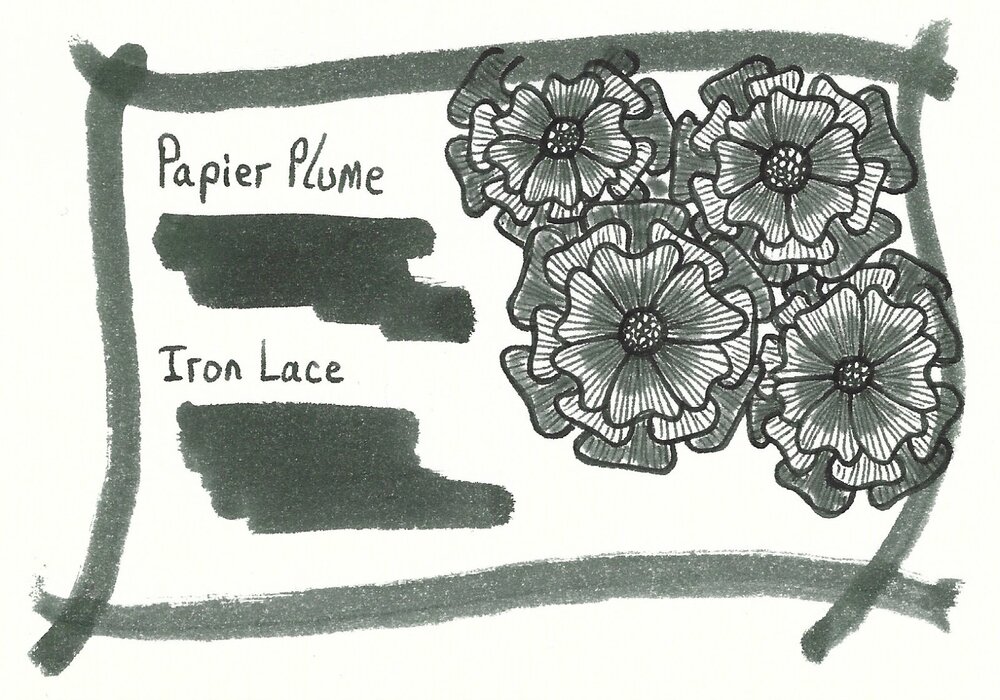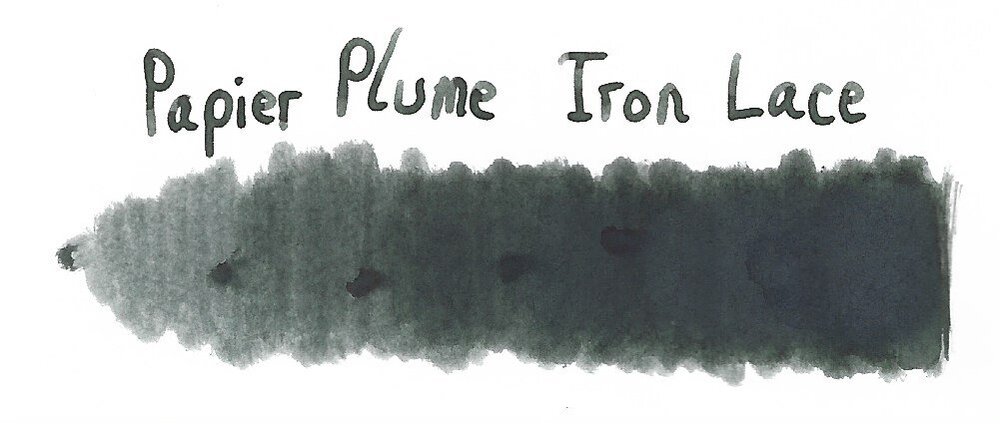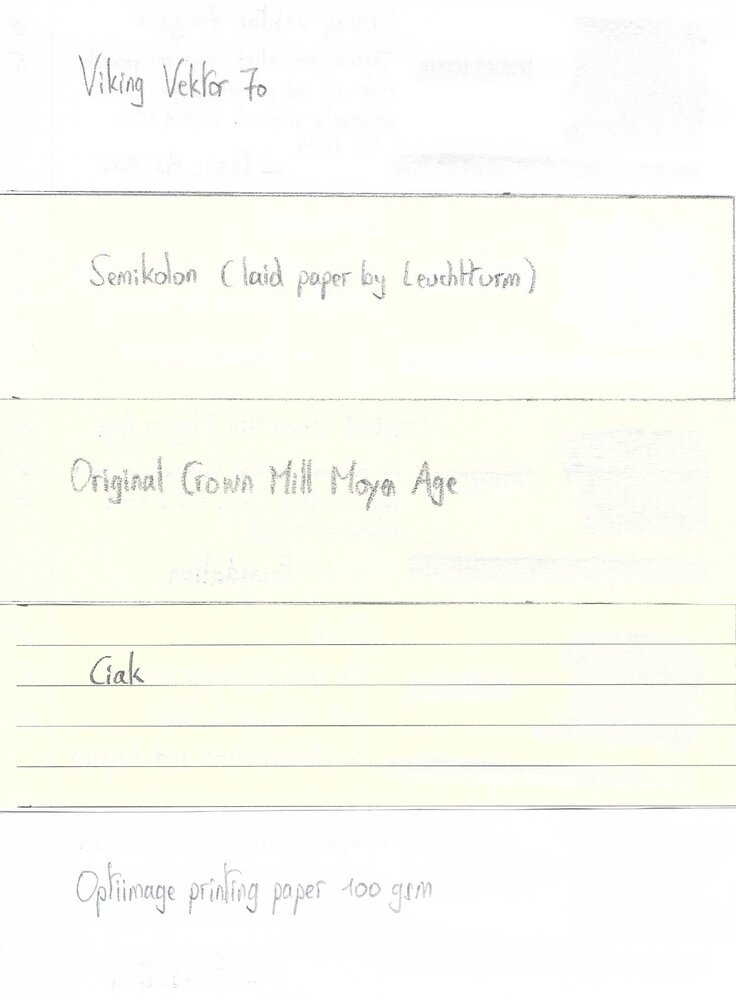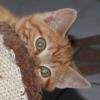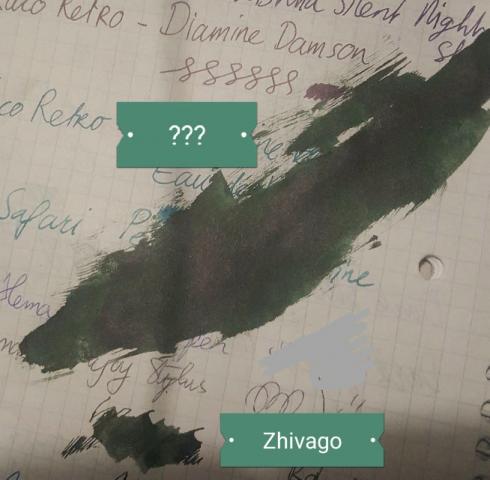Search the Community
Showing results for tags 'green-black'.
-
Noodler’s Zhivago Noodler’s was established in 2004, and is probably the smallest ink company in the world. Nathan Tardiff’s mission is to provide us affordable fountain pen inks with a decent colour selection. Most of his Noodler’s inks are bullet proof – meaning fraud proof and waterpr...
- 28 replies
-
Papier Plume – Iron Lace (New Orleans Collection) Papier Plume is a stationary shop in New Orleans, that’s best known on this forum for their “New Orleans Inks”, that celebrate the rich colours and history of the city. One of their inks in this series is Iron Lace, a black ink with a strong...
- 20 replies
-
- papier plume
- new orleans collection
-
(and 3 more)
Tagged with:
-
Hello! I've bought some second-hand fountain pens, which arrived the day before ysterday. Most still had some ink in them, a few dried, so I've let them soak for two days. This particular ink was in a still functioning as is pen and kind of struck me: I thought it was Noodler's zhivago at first...
- 8 replies
-
- green-black
- green ink
-
(and 1 more)
Tagged with:
-
Robert Oster Signature - Grün-Schwarz Robert Oster is an Australian ink maker that is well-known for his unique range of colours. On his website he describes our shared love quite eloquently: “Robert Oster Signature originates from one of the most famous wine producing regions of the world, the Co...
- 8 replies
-
- robert oster
- green-black
-
(and 2 more)
Tagged with:
-
Here's a good dark green. I've been looking for something that was an actual dark *green*, and not just a muddy colored brownish, yellowish colored one. Not that there's not a place for a more earthy color, but I was really looking for a dark true green. This is a good one. The color is so dark...
- 11 replies
-
- diamine
- green-black
-
(and 1 more)
Tagged with:




